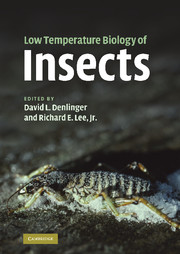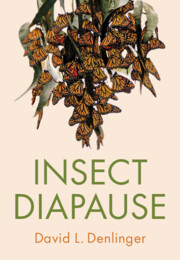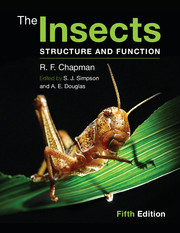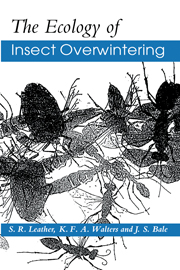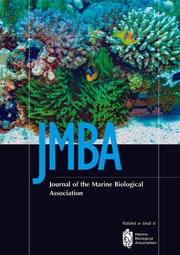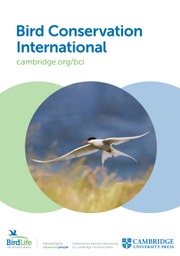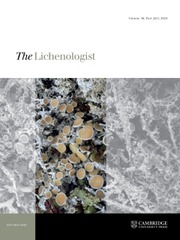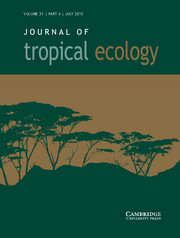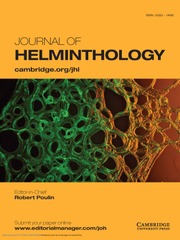Low Temperature Biology of Insects
AUD$184.95 inc GST
- Editors:
- David L. Denlinger, Ohio State University
- Richard E. Lee, Jr, Miami University
- Date Published: January 2010
- availability: Available
- format: Hardback
- isbn: 9780521886352
AUD$
184.95
inc GST
Hardback
Other available formats:
eBook
Looking for an inspection copy?
Please email [email protected] to enquire about an inspection copy of this book
-
Low temperature is a major environmental constraint impacting the geographic distribution and seasonal activity patterns of insects. Written for academic researchers in environmental physiology and entomology, this book explores the physiological and molecular mechanisms that enable insects to cope with a cold environment and places these findings into an evolutionary and ecological context. An introductory chapter provides a primer on insect cold tolerance and subsequent chapters in the first section discuss the organismal, cellular and molecular responses that allow insects to survive in the cold despite their, at best, limited ability to regulate their own body temperature. The second section, highlighting the evolutionary and macrophysiological responses to low temperature, is especially relevant for understanding the impact of global climate change on insect systems. A final section translates the knowledge gained from the rest of the book into practical applications including cryopreservation and the augmentation of pest management strategies.
Read more- Coverage of ecological and evolutionary responses to low temperature provides a context for understanding the likely responses to global warming
- A section on practical applications highlights recent progress in cryopreservation and the implications for pest management strategies
- Responses are explored across the organismal, cellular and molecular levels, giving the reader a detailed understanding of how they protect insects from low temperatures
Customer reviews
Not yet reviewed
Be the first to review
Review was not posted due to profanity
×Product details
- Date Published: January 2010
- format: Hardback
- isbn: 9780521886352
- length: 406 pages
- dimensions: 254 x 178 x 23 mm
- weight: 0.95kg
- contains: 48 b/w illus. 16 tables
- availability: Available
Table of Contents
Preface
Part I. Physiological and Molecular Responses:
1. A primer on insect cold tolerance Richard E. Lee, Jr,
2. Rapid cold-hardening: ecological significance and underpinning mechanisms Richard E. Lee, Jr and David L. Denlinger
3. Antifreeze and ice nucleator proteins John G. Duman, Kent R. Walters, Todd Sformo, Martin A. Carasco, Philip K. Nickell, Xia Lin and Brian M. Barnes
4. Genomics, proteomics and metabolomics: finding the other players in insect cold tolerance M. Robert Michaud and David L. Denlinger
5. Cell structural modifications in insects at low temperatures Vladimír Koštál
6. Oxygen: stress and adaptation in cold hardy insects Kenneth B. Storey and Janet M. Storey
7. Interactions between cold, desiccation and environmental toxins Martin Holmstrup, Mark Bayley, Sindre A. Pedersen and Karl Erik Zachariassen
Part II. Ecological and Evolutionary Responses:
8. The macrophysiology of insect cold hardiness Steven L. Chown and Brent J. Sinclair
9. Evolutionary physiology of insect thermal adaptation to cold environments Raymond B. Huey
10. Insects at not so low temperature: climate change in the temperate zone and its biotic consequences William E. Bradshaw and Christina M. Holzapfel
11. Genetic variability and evolution of cold tolerance Johannes Overgaard, Jesper G. Sørensen and Volker Loeschcke
12. Life history adaptations to polar and alpine environments Peter Convey
Part III. Practical Applications:
13. A template for insect cryopreservation Roger A. Leopold and Joseph P. Rinehart
14. Implications of cold tolerance for pest management J. S. Bale
Index.
Sorry, this resource is locked
Please register or sign in to request access. If you are having problems accessing these resources please email [email protected]
Register Sign in» Proceed
You are now leaving the Cambridge University Press website. Your eBook purchase and download will be completed by our partner www.ebooks.com. Please see the permission section of the www.ebooks.com catalogue page for details of the print & copy limits on our eBooks.
Continue ×Are you sure you want to delete your account?
This cannot be undone.
Thank you for your feedback which will help us improve our service.
If you requested a response, we will make sure to get back to you shortly.
×
